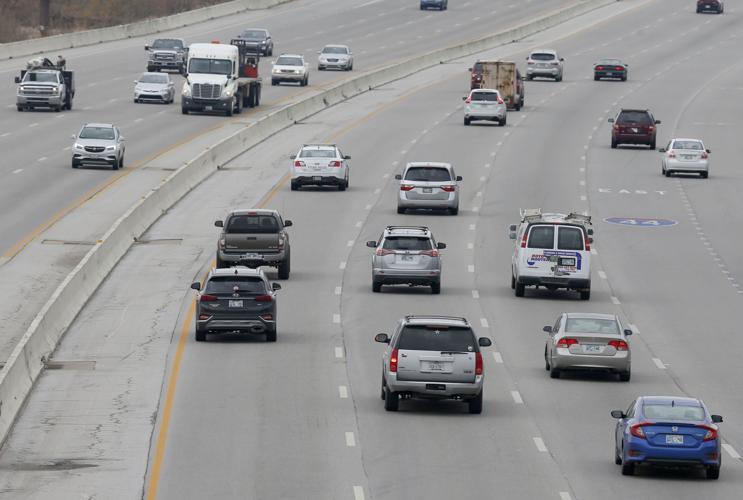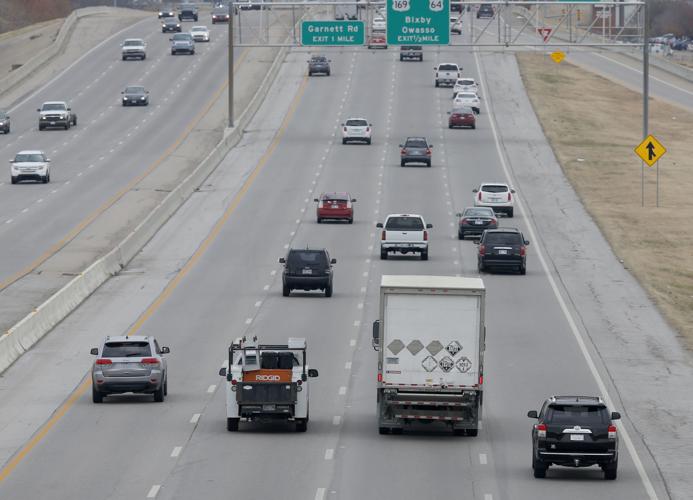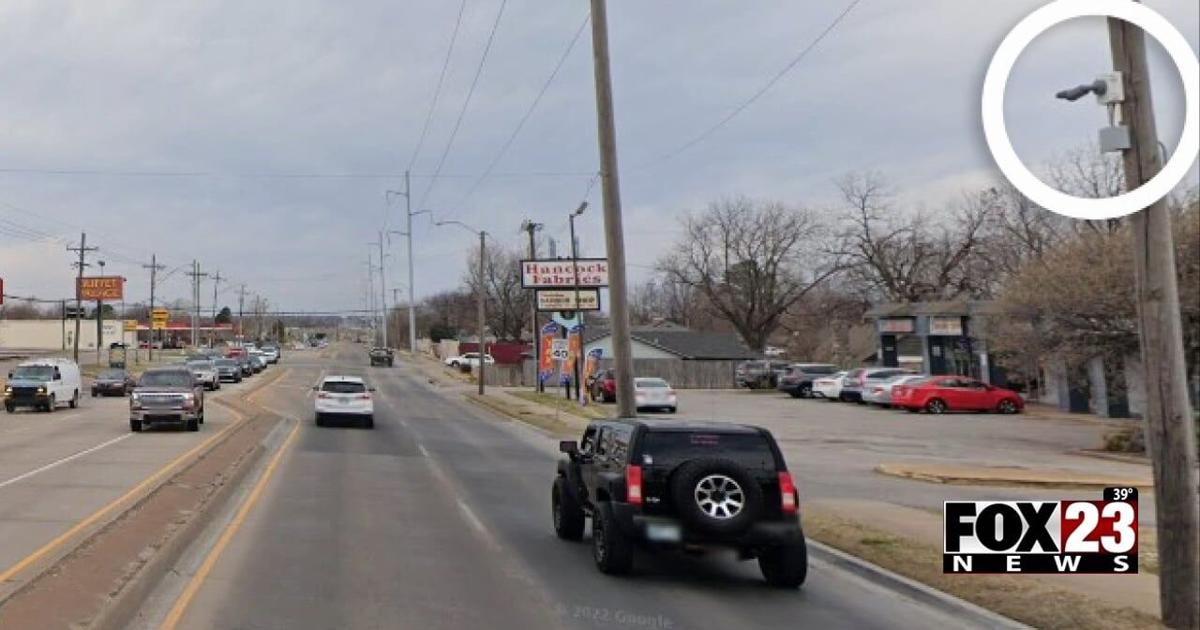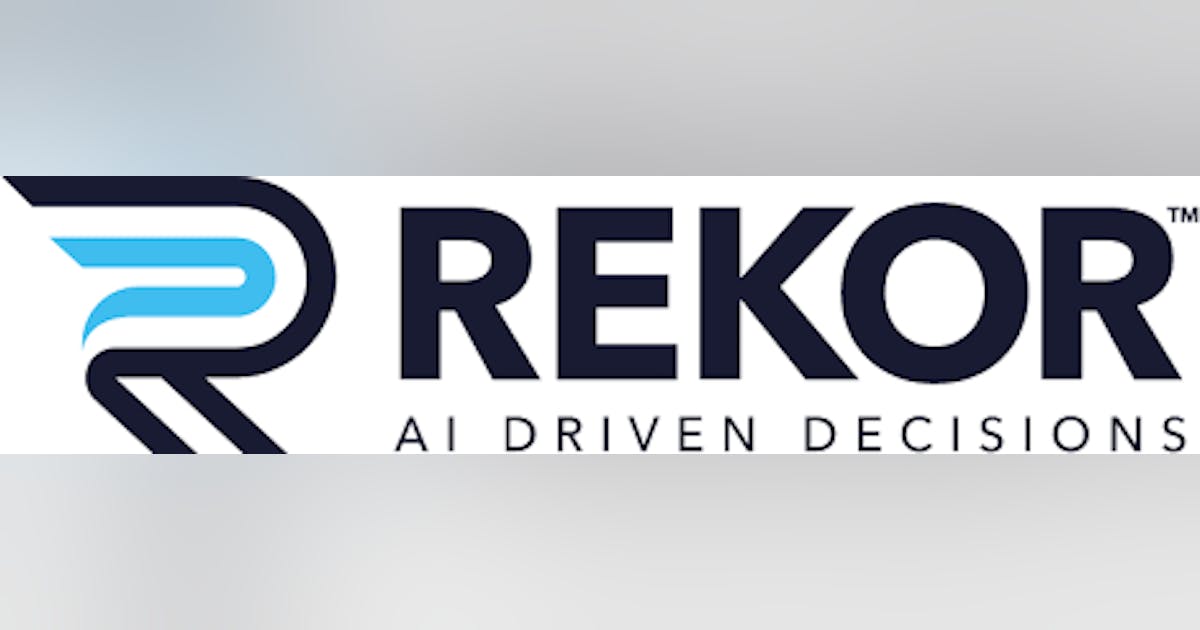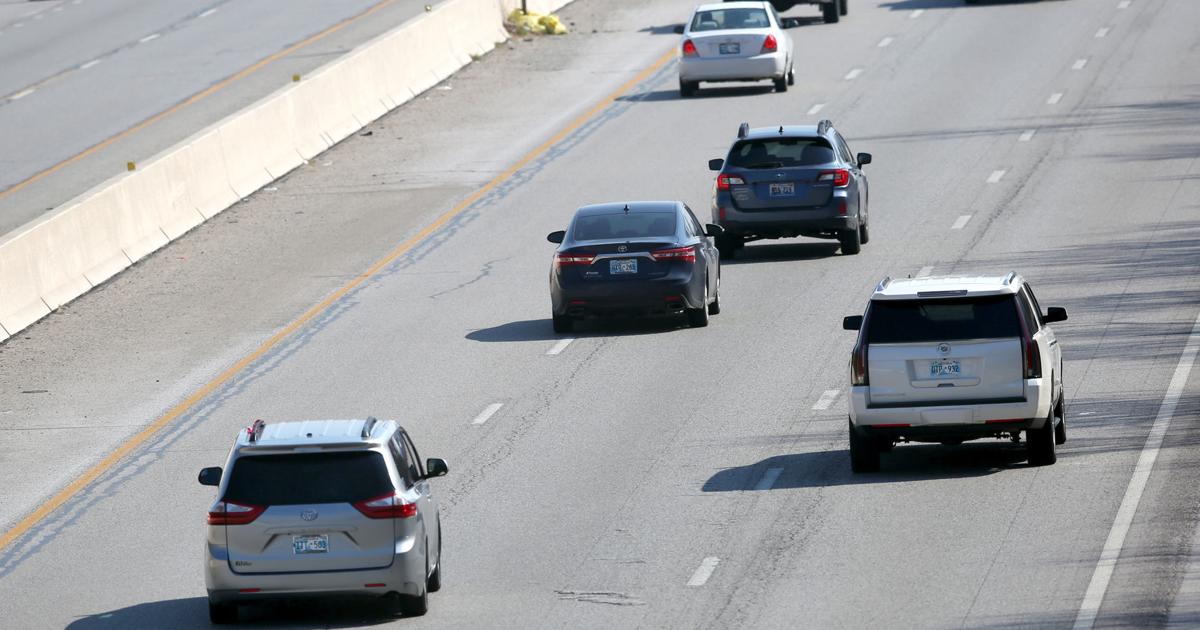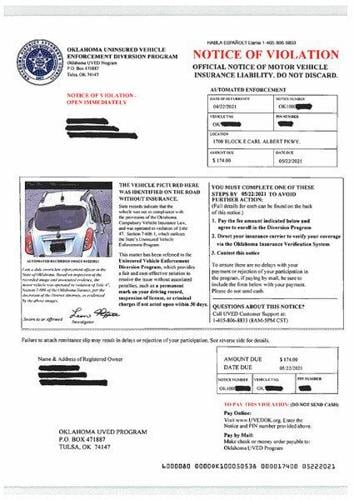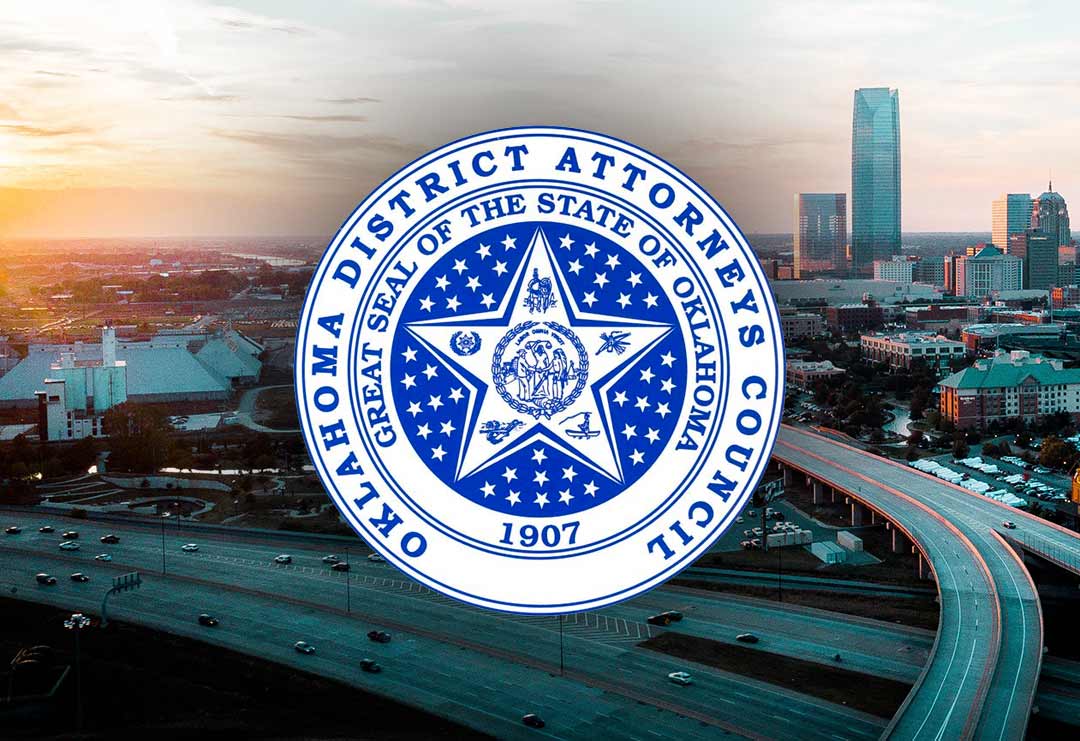Oklahoma Uninsured Vehicle Enforcement Diversion Program

Oklahoma roads are a perilous gamble for insured drivers, with a significant portion of motorists estimated to be driving without insurance. This silent threat not only endangers lives but also saddles responsible drivers with the financial burden of accidents caused by the uninsured.
A state program, the Oklahoma Uninsured Vehicle Enforcement Diversion (UVED) Program, is designed to combat this issue. The UVED program offers a path for uninsured drivers to gain compliance and avoid penalties, while simultaneously aiming to reduce the overall number of uninsured vehicles on Oklahoma's roadways.
Understanding the UVED Program
The UVED program, established by law, provides a diversion opportunity for individuals caught driving without insurance. Instead of facing immediate fines and potential license suspension, eligible drivers can enroll in the program.
The "nut graf" of this article is to examine the effectiveness of the UVED program in reducing uninsured drivers, its impact on insured motorists, and the challenges it faces in achieving its objectives. We will delve into the program’s specifics, analyzing its enrollment process, compliance requirements, and the consequences of failure.
Furthermore, we will explore data on program participation and outcomes, assessing whether it's a genuine solution or merely a band-aid on a systemic problem. Perspectives from law enforcement, insurance providers, and drivers themselves will offer a balanced view of the program's successes and shortcomings.
Enrollment and Requirements
Upon being cited for driving without insurance, a driver can apply to the UVED program. Eligibility typically hinges on having a valid driver's license and vehicle registration, and the driver cannot have a history of repeated offenses.
Acceptance into the program requires payment of an administrative fee and proof of current insurance coverage. Participants must maintain continuous insurance coverage throughout the duration of their enrollment, typically a 12-month period.
Failure to maintain insurance or comply with program requirements results in removal from the program, reinstatement of the original penalties, and potential further consequences.
Data and Outcomes
Tracking the UVED program's impact is crucial to evaluating its effectiveness. Data from the Oklahoma Department of Public Safety shows fluctuating enrollment numbers over the years, with periods of increased participation followed by declines.
While the program has undoubtedly brought thousands of vehicles into compliance, the overall percentage of uninsured drivers in Oklahoma remains a concern. Some argue that the program's impact is limited due to low enrollment rates and recidivism among participants.
Studies on the UVED program's effect on accident rates involving uninsured drivers are ongoing, with preliminary findings suggesting a potential correlation between program participation and a slight decrease in uninsured motorist claims.
Perspectives on the Program
Law enforcement officials generally view the UVED program as a valuable tool for promoting compliance. They acknowledge that it provides an alternative to punitive measures, allowing drivers to rectify their situation without immediately facing severe penalties.
However, some officers express concern that the program can be perceived as lenient, potentially encouraging drivers to take risks with insurance coverage. They emphasize the importance of consistent enforcement and public awareness campaigns to deter uninsured driving.
Insurance providers, who bear the brunt of costs associated with uninsured accidents, are cautiously optimistic about the UVED program. They recognize its potential to increase the pool of insured drivers and reduce the financial burden on policyholders.
Yet, insurers also advocate for stricter penalties for repeat offenders and a more comprehensive approach to addressing the underlying causes of uninsured driving, such as affordability and lack of awareness.
Drivers who have participated in the UVED program offer mixed reviews. Some express gratitude for the opportunity to avoid fines and license suspension, while others criticize the administrative fees and perceived bureaucratic hurdles.
Many participants admit that financial constraints were a primary reason for driving without insurance, highlighting the need for affordable insurance options and financial assistance programs.
Challenges and Future Directions
The UVED program faces several challenges that hinder its effectiveness. Reaching uninsured drivers and encouraging enrollment remains a persistent obstacle.
Improving public awareness through targeted outreach campaigns and collaborations with community organizations is crucial. Furthermore, simplifying the enrollment process and reducing administrative burdens could increase participation rates.
Another challenge is addressing the underlying causes of uninsured driving, particularly affordability. Exploring options for subsidized insurance programs and income-based payment plans could make coverage more accessible to low-income individuals.
Enhancements could involve integrating technology to streamline verification and enforcement, reducing administrative overhead and improving data accuracy. Consider using automatic license plate readers and online verification portals.
Oklahoma has made some progress with this program, but some think that they could partner with organizations. This would allow for them to help more people who don't have the financial means to get insurance.
Conclusion
The Oklahoma UVED Program represents a significant effort to address the persistent problem of uninsured driving. While the program has demonstrated some success in bringing vehicles into compliance, its overall impact remains limited by enrollment rates and the underlying causes of uninsured driving.
To maximize its effectiveness, the UVED program needs to be coupled with broader strategies that promote awareness, enhance affordability, and strengthen enforcement. Only then can Oklahoma truly ensure safer roads for all its drivers, safeguarding them from the financial and physical consequences of accidents caused by the uninsured.
